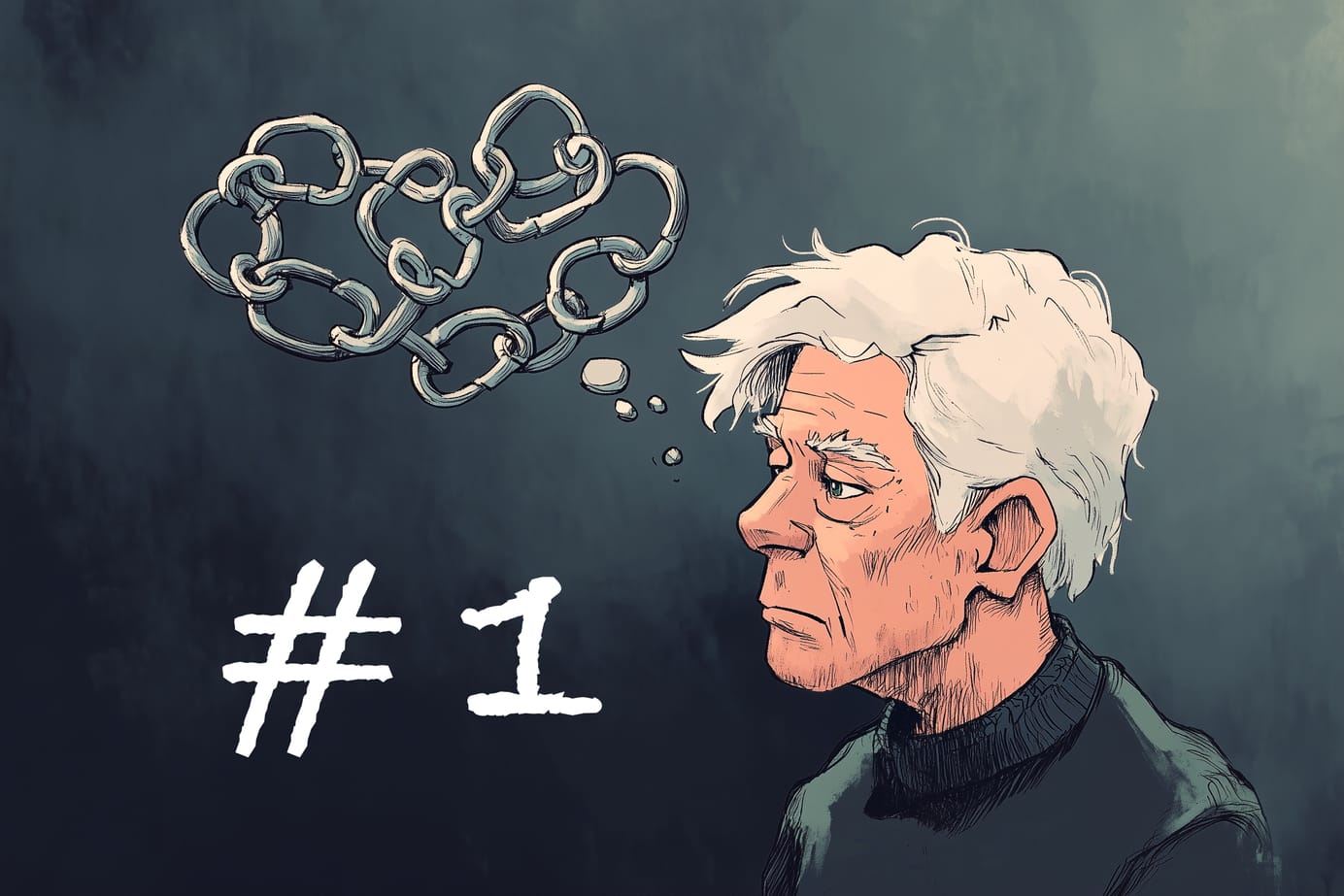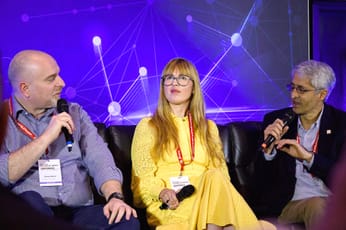
Why Substack's evolution is beginning to worry me
Is the newsletter platform a boon for independent journalism — or the beginnings of another attention gatekeeper that we'll all regret supporting?
Let's be honest. I'm nearly as tired of writing about Substack as I am writing about Facebook. Yes, email is great and fabulous and crucial to the future of journalism and yes, I want to write a whole lot more about that. But email and Substack are not synonyms.
And yet…
Substack is certainly riding two waves successfully at the same time:
- The rebirth of newsletters
- The shift to membership models
And this combination makes this your essential listen over the next few days, if you want to understand how publishing is evolving:

Nilay Patel interviews Substack CEO Chris Best, and actually gives him a decent grilling, highlighting many of the challenges and oddities of the business model.
What makes it fascinating, though, is that Patel digs deeper on the Substack Defender offering, and ends up highlighting some key points that the original blog post didn’t focus on, for understandable reasons:
- You have to apply to be in the program, and can be rejected
- Even once you’re in the program, you have to apply for help with individual actions, and can be rejected
- There’s a cap of $1m on legal fees, although the reserve the right to go beyond that
While Best sells it as a “start small and scale up” approach, he also indicates that one route forward might be it becoming a paid offering — an additional revenue source for the company, acting as a form of legal insurance.
Using Defender to build a moat
On one level, this is sensible: it allows SubStack to provide legal aid to those most worthy of it, while not exposing themselves to too much risk around the provocateurs and simple untruth merchants who will gravitate towards the platform.
On another, picking and choosing who you support can give you some big PR wins at a fairly low risk.
But this idea of bundling in things like defence costs was one of the more compelling aspects of the percentage cut model, and if it ends up being a cost on top of that, it continues to make Substack look like quite an expensive way to grow a membership model. (This discussion illustrates that well, I think.)
There’s some other interesting stuff in the interview: they are planning to allow authors to come together to create bundled subscriptions, in a “bottom up” way, which will be nice. Oh, and they’re building out a reader — a single place you can go to read all your Substack newsletters.
And that’s the one thing that really worries me about all this.
Let's not build the Facebook of newsletter
We don’t want Substack to become the Facebook of independent journalism. While that would be great for the writers there, and for the platform and its VC backers, it would put yet another gatekeeper between us and our readers, just as Google and Facebook have done. Those two chokeholds on reader attention have not worked out great for journalism, so we should hestate before allowing that to happen again.
We’re drifting towards the idea that newsletters = Substack, and that’s just as dangerous as search = Google or social networks = Facebook.
Let’s not repeat the mistakes of the past, and help another company grow to the point where it can dictate terms to us. I hope that's not where Substack is aiming, and certainly they're say — and doing — largely the right things. For now, Substack remains a good player in the ecosystem. You can move your content, your mailing list and your subscriptions easily out of the product and move them elsewhere. They're not trapping you on the platform, and that encourages them to stay competitive.
The forthcoming reader app is the first erosion in that — moving people from an open system to a more proprietary one. The next warning sign will be any of the three elements of portability going away. If that happens, we'll know they're going for the attention bottleneck landgrab.
Meanwhile, we need to talk as much about competitors and alternative routes to creating compelling newsletters as we do Substack.
Ghostly Opens
Talking of which, Ghost just added open rates to its beta email and membership functionality. Right now, it’s only per email, which is useful, and means I no longer feel like I’m publishing into the dark. The number on the first email wasn't as bad as I feared it could be — but not as good as I'd like it to be.
But I'll need a little more data before I can really act.
Open rates at the member level would be handy, too. I’ve no interest in seeing who opens which issue, and who clicks which links. It can be mildly creepy when Revue gives me that granular level of detail, particularly about people I know. But I would like to be able to weed out completely inactive subscribers, for example.
I’m aware that my email list here isn’t particularly “clean”, that's probably contributing to a lower open rate than I'd like and a cleanup sometime soon would be good. But I need the metrics to allow that to happen.
Over to you, Ghostly ones.
A short “breaking” news digest
Two stories that I shouldn’t let pass without note today:
- Breaking up Facebook: The US makes the first moves to break up Facebook. This is going to be a slow-burner, but it’s certainly worth paying attention to. The bipartisan support in the US is quite something in the current political environment.
- Unbreaking news is broken: Something I’m likely to come back to: The Correspondent is dead, less than a couple of years after raising $2.6m in crowd-funding. It’s almost a Platonic ideal of pretending to do audience engagement without actually committing to it.
Sign up for e-mail updates
Join the newsletter to receive the latest posts in your inbox.










